Disclaimer One: For the purpose of honoring the time period for which this article covers, we will refer to Mixed Martial Arts in the United States as No-Holds-Barred, or simply NHB. We will also refer to Martial Arts Competitions in Brazil from the 1960s to 1990s as Vale Tudo.
Disclaimer Two: This article may seem to end abruptly, but it is only the first part in a multi-part series on how Brazilian Muay Thai made its way to America.
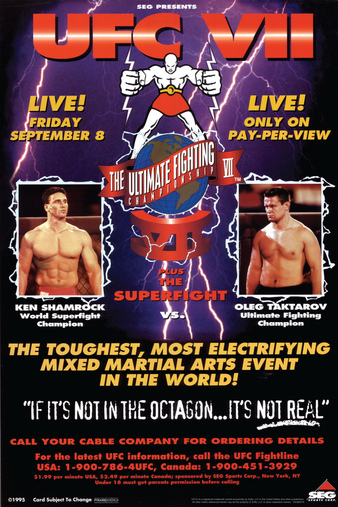
UFC 7 took place on September 8, 1995. At this time, the sport that would later become known as Mixed Martial Arts was in its infancy. Commonly referred to as “No-Holds-Barred”, “Vale Tudo”, or even “Bare Knuckle Fighting”, this form of professional fighting was unique – it had very few rules. In fact, just one year prior at UFC 3, a referee stoppage was allowed for the first time in a UFC fight. By the time UFC 7 aired on PPV, viewers who tuned in to watch had seen it all. This included, but was not limited to: unanswered groin shots, good old fashioned strangling, and one of the most boring professional fights of all time (to this day). Remember, the only rules in the UFC at this time were no biting or eye gouging. Outweighed by 90 pounds, Brazilian “King Of The Streets” Marco Ruas is standing across the cage from a 300 pound behemoth, Paul Varelans. While Marco is known for his jiu jitsu prowess at this time, he came to the United States as one of the very first fighters to have a well rounded skill set. Varelans is more of a wrestler, with some training in Taekwondo and Boxing. Both of these fighters have competed twice on this evening, defeated their opponents, and are now facing each other in the championship fight.
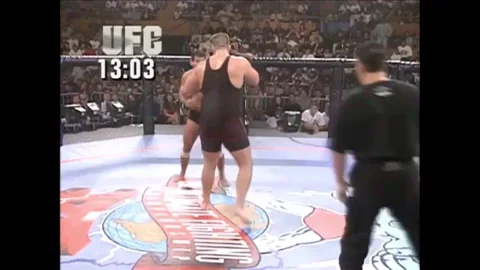
The bell rings and Varelans charges towards Ruas. After a brief exchange, Marco does something unusual – he kicks Paul Varelans’ leg. That’s right. Marco Ruas takes his own leg and uses it as a whip, ripping right into the meat of Varelans’ hamstring muscle. It doesn’t seem to affect Varelans too much, as he keeps pressing forward looking for openings to land strikes. Eventually Varelans takes notice of these kicks, switching to a southpaw stance after Ruas lands several early on. At a few points, Varelans even attempts to “check” these kicks of Ruas by simply lifting his lead leg. This doesn’t seem to discourage Marco from throwing them, as he continues to slam these kicks into Varelans’ thigh. After some clinching and work in close, the two fighters are separated and back to striking.
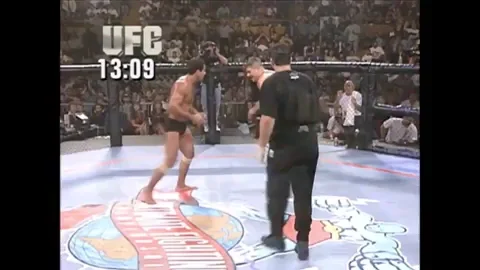
Again, Ruas starts crushing Paul’s lead leg. Varelans’ leg gives out and he hits the mat. Ruas swarms him and at the same time, Varelans’ corner is throwing in the towel. Marco Ruas just won the UFC 7 tournament. Now you might be asking yourself, what just happened? In a fight with only two rules, there are a thousand ways to lose. Punches or kicks to the head. A flying armbar. Elbows on the ground. Hell, a piledriver that results in a knockout. Instead, we got a guy who fell over from being kicked in the leg a bunch of times. This technique is called a “low kick”. Low kicks have been around for a long time, and have been taught in disciplines such as Kyokushin Karate and Muay Thai for many years. However, this was the first time in No-Holds-Barred that we saw these kicks used in ALL of their destructive glory.
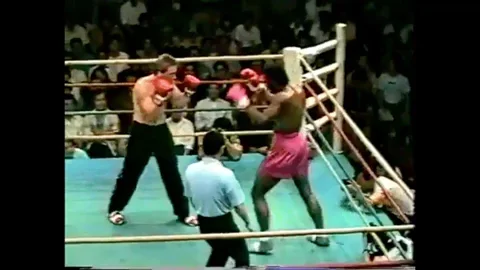
Maurice Smith landing a low kick on Steve Tremblay in a 1987 WKA Championship fight
Marco was already 34 when he made his UFC debut, so you might be asking, how did he learn all of these skills, and become so proficient at them so early on? Although so far we have focused on low kicks, we are only looking at them to help us understand the rise of a broader skill set in NHB – Brazilian Muay Thai. By the time Marco Ruas fought in America in 1995, he was an experienced fighter. He competed in Boxing, Muay Thai, and mixed rules bouts throughout the 80s and 90s in Brazil, promoting and teaching his proprietary art of “Ruas Vale Tudo”. Marco started training Judo at the age of 13 years old under his uncle Vinicius Ruas, who allowed Marco to train at his academy for free. He then moved on to Boxing and eventually became the state champion in Rio. Ruas started his Muay Thai training in 1979, at the age of 18. He was a student of Luiz Alves at the very first Muay Thai academy in Brazil: Academia Naja. Around the same age, Marco began learning Wrestling, Jiu Jitsu, and Luta Livre. He was also one of the first fighters from Brazil to crosstrain in striking and grappling techniques, as most martial artists were dogmatic about their discipline at that time, particularly Jiu Jitsu practitioners. When Marco finally fought in the UFC, it didn’t just prove his skills were legitimate on a global scale, it also gave him a surge in popularity not yet reached in his home country.
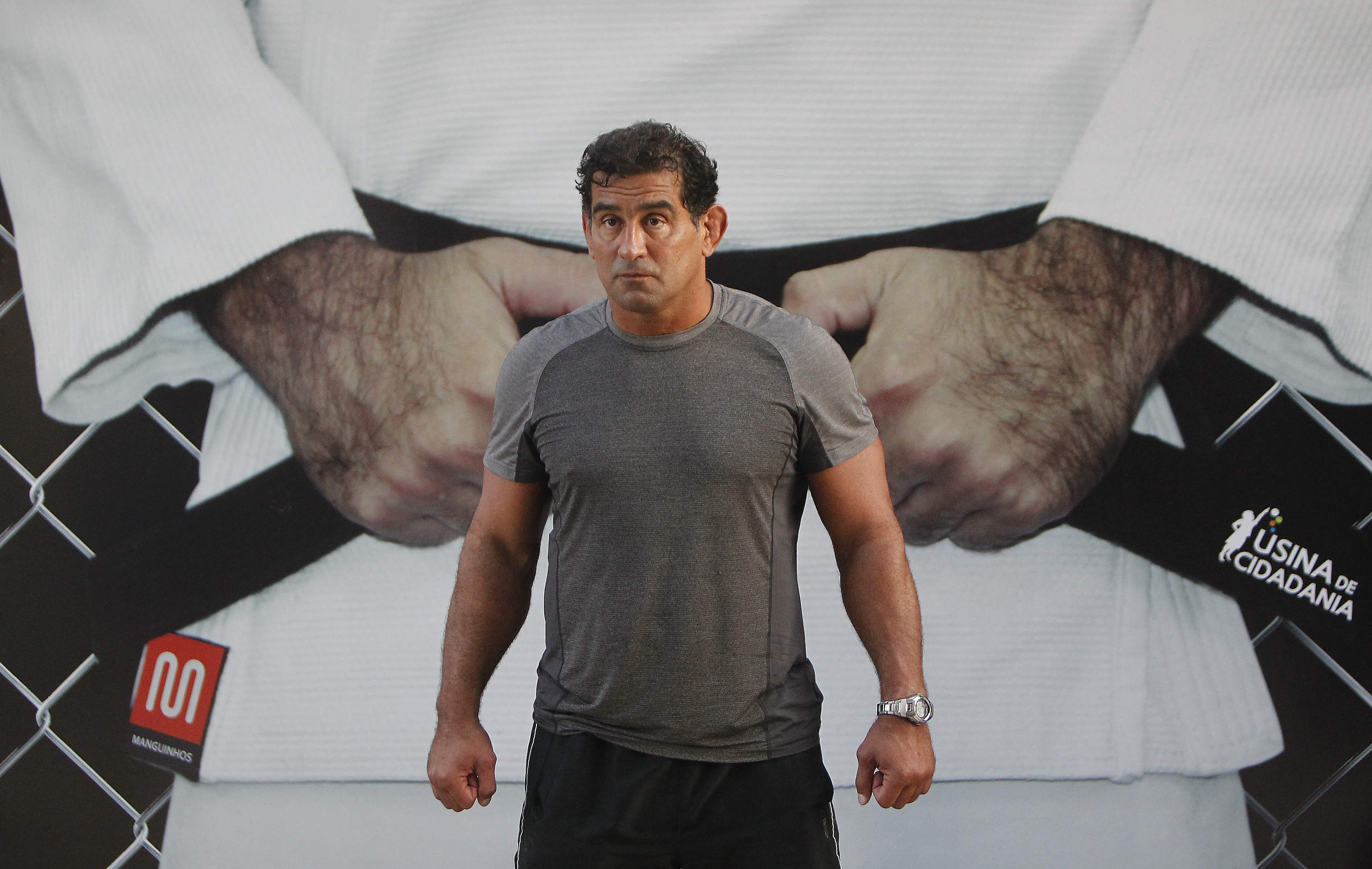
Photo by Buda Mendes/LatinContent via Getty Images
Marco has lived in the United States since the late 1990s, and still teaches his brand of Vale Tudo at an MMA academy in California. To understand all of this in a historical context, we have to travel back in time. In the next part of this series, we will explore the origins of Muay Thai in Brazil, and what ultimately led to Muay Thai being such a force in 1990s No-Holds-Barred, all the way up to now.
References:
https://en.wikipedia.org/wiki/Marco_Ruas
Leave a Reply